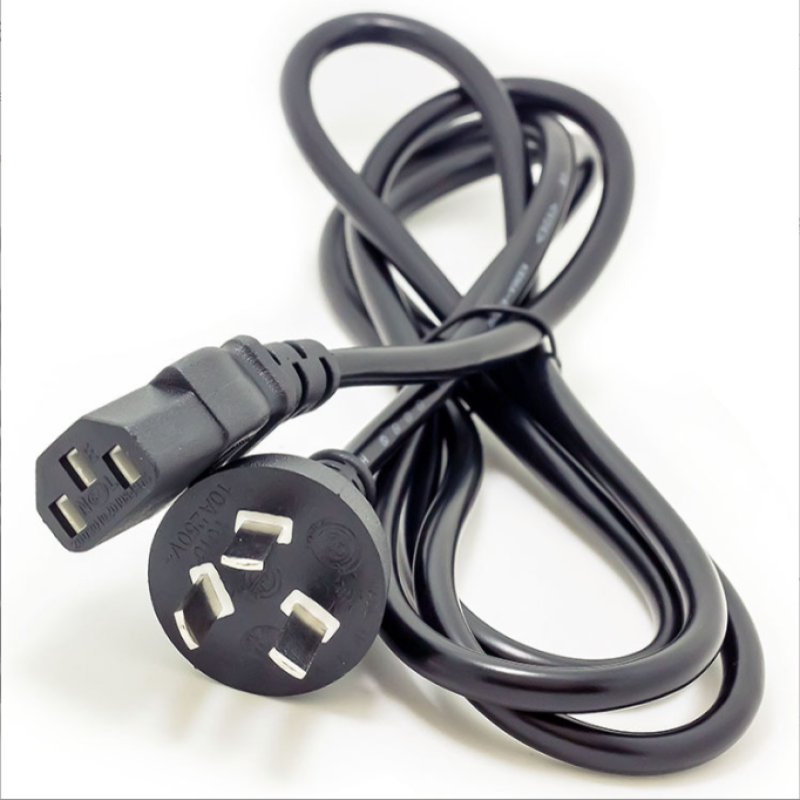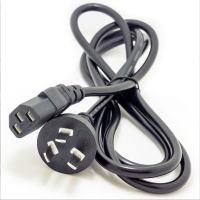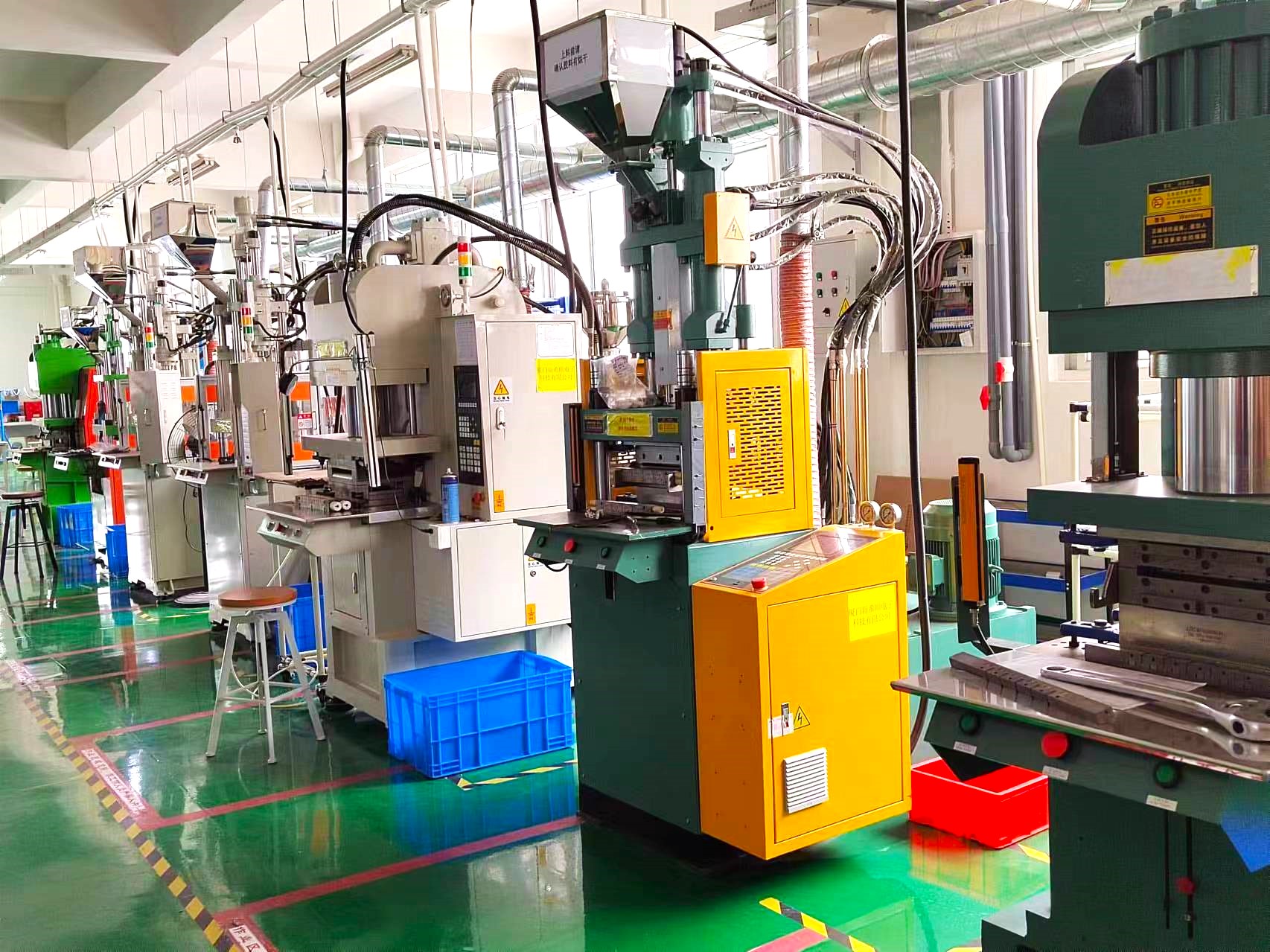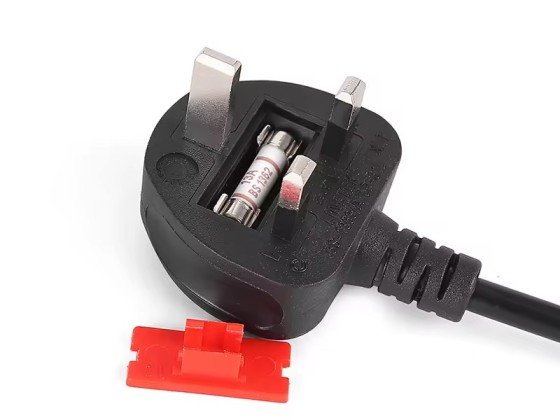
Custom C13 C14 Power Cord NEMA5-15P Power Cable Supplier
As a Custom Wire Harness Manufacturer,we producing Custom C13 C14 Power Cord NEMA5-15P Power Cable Supplier,Power cable, power cord.A power cord is an electrical component used to connect appliances to a power supply or electrical utility. It consists of an insulated electrical cable with connectors molded onto one or both ends.
- evershine
- Xiamen
- 7-15 Working day
- 2000pcs
- Information

Product Name | Custom C13 C14 Power Cord NEMA5-15P Power Cable |
Wire Type | UL Wire, VDE Cable, Automotive Wires, Dran Chain Cable, Medical Cable ect. |
Wire Size | 2AWG-32AWG, 0.01mm²-50mm² are available |
Wire Cores | 1 Core~50 cores are available |
Conductor | Bare Copper, Tinned Copper, Silver Plated, Gold Plated wire |
Rate Temperature | 80℃, 105℃, 125℃, 180℃, 220℃, 300℃ (176°F- 572°F) |
Certification | UL, VDE, CE 3C or Customize Special Cables |
Connector Type | TE, Molex, JST, Yeo nho, Sumi tomo, Ya zaki or others |
Protection Pipe | PVC tube, Corrugated pipe, Shrink Tube, Braid Tube |
Protection | Waterproof, Low Smoke Halogen-Free, Anti-UV Cable, Acid and alkali-resistant cable are available. |
Plug Molds | We have 300+ Plug molds, many plug we have tooling. |
Industries | Autmobiles, Electronics, Machines, Lighting, New energy |

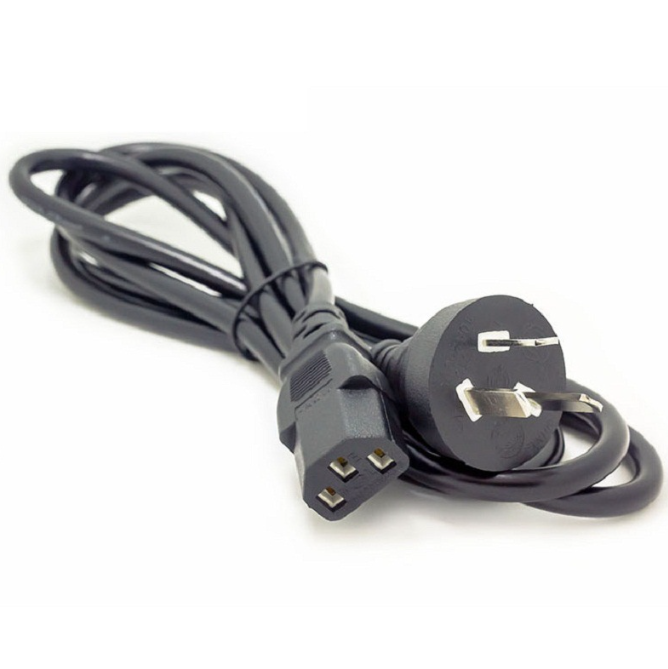
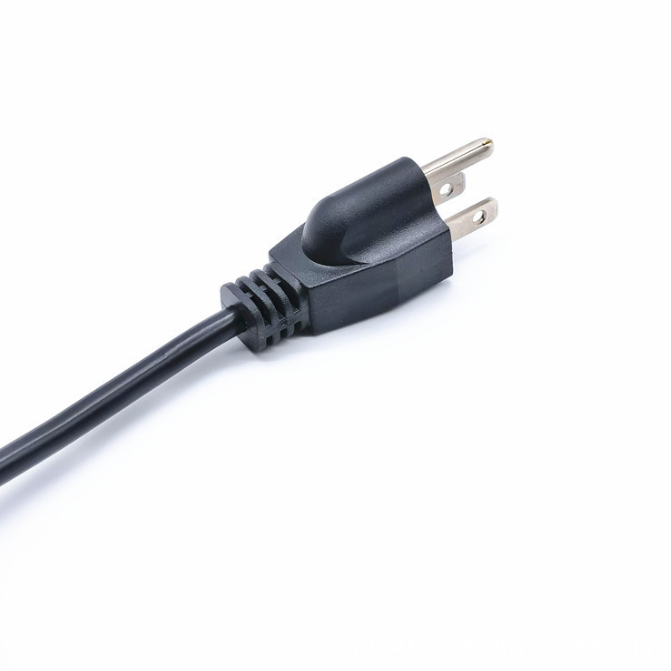
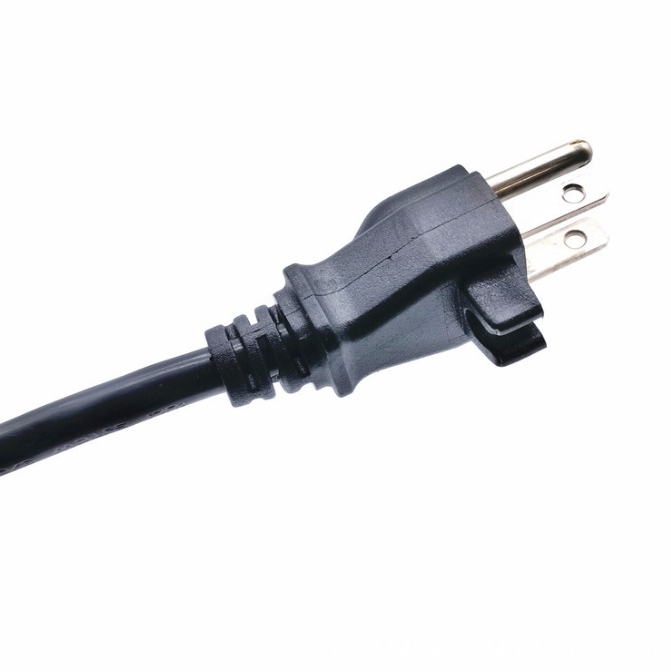
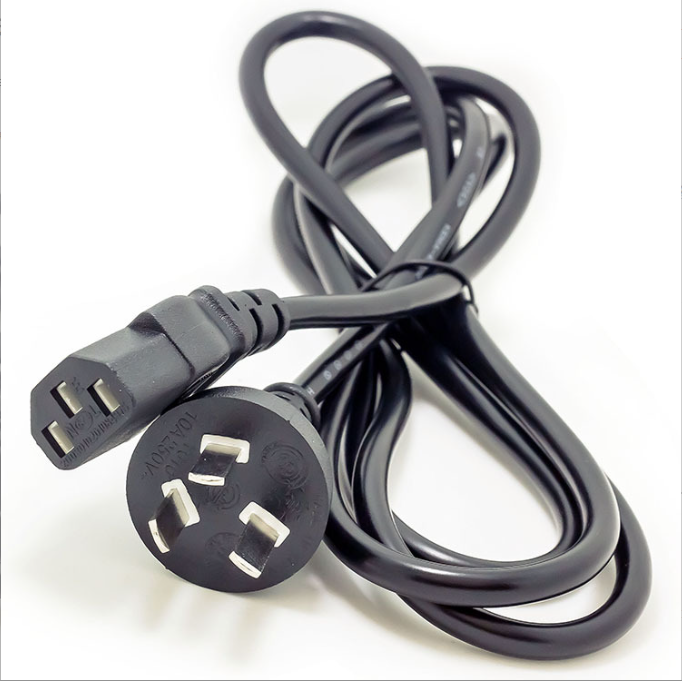
Xiamen Evershine Electronic Technology Co., Ltd. was founded in 2015, is a professional engaged in wire and cable,
wire harness products research and development, production, sales as one of the enterprises, wire and cable widely used in communications, home appliances, power automation, aerospace vehicles, ships, automobiles and so on.
The factory has passed ISO9001 quality management system certification, and the products have international certification. Quality is our culture, to survive by quality, to develop by integrity. The most perfect quality, the most favorable price, the most intimate service.
Now we mainly offer you the wires products list as various electronic wire harness wiring design, custom vehicle wiring harness, home appliance wire harness, customized industrial wire harness, computer wire harness, over-molded cable connectors, terminal block connectors, power cable types, Products have been widely used in office equipment, communications, household appliances, industrial automation, automobile, etc. A power cord is an electrical component used to connect appliances to a power supply or electrical utility. It consists of an insulated electrical cable with connectors molded onto one or both ends. A power cord is designed to deliver electrical power from a source to an electronic device. It connects devices like computers, televisions, and appliances to an outlet, enabling them to function properly.






What You’d Probably Ask
How to do a wiring harness?
The process of producing harness wire consists in precise connection of cables with terminals and insulating elements in a way that allows current to flow from one point to another. This process may include connecting wires with connectors, soldering, gluing, crimping or using other methods of connecting wires.
What is a power cord ?
A power cord is an electrical component used to connect appliances to a power supply or electrical utility. It consists of an insulated electrical cable with connectors molded onto one or both ends.
A power cord is designed to deliver electrical power from a source to an electronic device. It connects devices like computers, televisions, and appliances to an outlet, enabling them to function properly.
1. The Role of a Wire Harness Manufacturer in Various Industries
A wire harness manufacturer plays a crucial role in a vast array of industries, acting as a vital link in the supply chain. These manufacturers specialize in designing, engineering, and producing custom wire and cable harnesses tailored to the specific needs of diverse applications. In the automotive industry, they provide harnesses for everything from basic vehicle wiring to complex systems like anti-lock brakes and infotainment. The aerospace sector relies on them for high-reliability harnesses used in avionics, flight controls, and cabin systems. In the medical field, they manufacture harnesses for diagnostic equipment, patient monitoring devices, and surgical instruments, often requiring stringent cleanliness and biocompatibility standards. Industrial automation utilizes wire harnesses for connecting sensors, actuators, and control systems in manufacturing machinery. Even consumer electronics, like appliances and entertainment systems, depend on these manufacturers for organized and reliable wiring solutions. Essentially, any industry that relies on electrical or electronic systems utilizes the expertise and capabilities of a wire harness manufacturer to ensure efficient, safe, and reliable operation.
2. Key Capabilities and Services Offered by Wire Harness Manufacturers
Wire harness manufacturers offer a comprehensive suite of services to meet the diverse needs of their clients. These capabilities extend beyond just manufacturing and often include design and engineering support, prototyping, testing, and supply chain management. Design services involve collaborating with clients to develop custom harness designs that meet specific performance, size, and environmental requirements. Prototyping allows for the creation of sample harnesses for testing and validation before mass production. Manufacturing capabilities encompass wire cutting, stripping, crimping, soldering, overmolding, and assembly, utilizing both automated and manual processes. Testing services ensure that harnesses meet industry standards and customer specifications, including continuity testing, insulation resistance testing, and pull-force testing. Many manufacturers also offer supply chain management services, sourcing components, managing inventory, and providing just-in-time delivery to streamline their clients' operations. The breadth of these capabilities enables wire harness manufacturers to act as strategic partners, providing comprehensive solutions from concept to delivery.
3. The Design and Engineering Process at a Wire Harness Manufacturing Company
The design and engineering process at a wire harness manufacturing company is a critical phase that determines the final product's functionality, reliability, and cost-effectiveness. It begins with a thorough understanding of the client's requirements, including electrical specifications, environmental conditions, space constraints, and regulatory compliance. Engineers then create detailed harness designs using CAD software, specifying wire gauges, connector types, routing paths, and protective coverings. Simulation tools may be used to analyze voltage drop, signal integrity, and thermal performance. Design for Manufacturability (DFM) principles are applied to optimize the harness for efficient and cost-effective production. Prototyping is used to create sample harnesses for testing and validation. Once the design is finalized, detailed manufacturing instructions are generated, including wire cutting lists, crimping specifications, and assembly procedures. The design and engineering process is iterative, with continuous refinement based on testing results and feedback from the manufacturing team. This ensures that the final wire harness meets all performance and quality requirements.
4. Quality Control and Testing Procedures in Wire Harness Manufacturing
Quality control and testing are paramount in wire harness manufacturing to ensure reliability and safety. Manufacturers implement rigorous procedures throughout the production process to identify and address any potential defects. Incoming materials are inspected for compliance with specifications, and in-process inspections are conducted at each stage of manufacturing, from wire cutting to connector attachment. Continuity testing verifies that all wires are properly connected and that there are no open circuits. Insulation resistance testing measures the resistance between wires and ground to detect any insulation failures. High-voltage testing applies a high voltage to the harness to verify its dielectric strength. Pull-force testing measures the force required to pull a wire out of a connector to ensure proper crimping. Environmental testing simulates extreme temperatures, humidity, and vibration to assess the harness’s durability. Automated testing equipment is used to perform comprehensive electrical tests and generate detailed reports. Statistical process control (SPC) is used to monitor and control the manufacturing process and identify any potential quality issues. This comprehensive approach ensures that only high-quality wire harnesses are shipped to customers.
5. The Importance of Certifications and Standards for Wire Harness Manufacturers
Certifications and standards play a vital role in the wire harness manufacturing industry, ensuring product quality, safety, and regulatory compliance. ISO 9001 certification demonstrates that a manufacturer has implemented a robust quality management system, ensuring consistent product quality and customer satisfaction. UL certification indicates that a wire harness meets Underwriters Laboratories' safety standards, reducing the risk of electrical hazards. IPC/WHMA-A-620 is a widely recognized standard for cable and wire harness assemblies, providing guidelines for design, materials, manufacturing, and testing. Compliance with industry-specific standards, such as those for automotive, aerospace, or medical applications, is also crucial. These certifications and standards provide assurance to customers that the wire harnesses they purchase meet the highest levels of quality and safety. They also demonstrate a manufacturer's commitment to continuous improvement and adherence to best practices.
6. Automation and Technology in Wire Harness Manufacturing
Automation and technology are transforming the wire harness manufacturing industry, improving efficiency, reducing costs, and enhancing quality. Automated wire cutting and stripping machines precisely cut and strip wires to the required lengths. Automated crimping machines crimp terminals onto the wire ends with consistent force and accuracy. Automated wire harness assembly boards guide the placement of wires and connectors, reducing manual errors. Robotics are used to handle repetitive tasks, such as wire bundling and connector insertion. Computer-aided design (CAD) software is used to create detailed harness drawings and 3D models. Manufacturing execution systems (MES) track and manage the production process, providing real-time visibility and control. These technologies enable manufacturers to produce complex wire harnesses with tight tolerances and high precision, while also reducing labor costs and improving throughput.
7. Supply Chain Management for Wire Harness Manufacturers
Effective supply chain management is critical for wire harness manufacturers to ensure timely delivery of high-quality products. This involves sourcing components from reliable suppliers, managing inventory levels, and coordinating logistics. Manufacturers must establish strong relationships with suppliers to ensure consistent quality and competitive pricing. Inventory management systems are used to track component levels and prevent shortages or overstocking. Logistics planning involves optimizing transportation routes and delivery schedules to minimize lead times. Many manufacturers use enterprise resource planning (ERP) systems to integrate all aspects of their supply chain, from procurement to production to delivery. Effective supply chain management enables wire harness manufacturers to respond quickly to changing customer demands and maintain a competitive advantage
8. Customization and Design Flexibility Offered by Wire Harness Manufacturers
One of the key advantages of using a wire harness manufacturer is the ability to obtain customized solutions tailored to specific application requirements. Manufacturers offer a high degree of design flexibility, allowing customers to specify wire gauges, connector types, routing paths, and protective coverings. Customization can also extend to labeling, color-coding, and packaging. This flexibility enables customers to optimize the wire harness for their specific needs, improving performance, reliability, and ease of installation. Manufacturers often work closely with customers throughout the design process to ensure that the final product meets all requirements. Customization can also involve the integration of additional components, such as sensors, relays, or fuses, into the wire harness. This allows for a more integrated and streamlined solution.
9. Sustainability and Environmental Considerations in Wire Harness Manufacturing
Sustainability and environmental considerations are becoming increasingly important in the wire harness manufacturing industry. Manufacturers are adopting eco-friendly practices to reduce their environmental impact. This includes using recycled materials, minimizing waste, and reducing energy consumption. Some manufacturers are also offering wire harnesses made from biodegradable or compostable materials. Compliance with environmental regulations, such as RoHS and REACH, is essential. Manufacturers are also implementing lean manufacturing principles to optimize resource utilization and reduce waste. Life cycle assessment (LCA) is used to evaluate the environmental impact of wire harnesses throughout their entire life cycle, from manufacturing to disposal. By adopting sustainable practices, wire harness manufacturers can reduce their environmental footprint and contribute to a more sustainable future.
10. The Future of the Wire Harness Manufacturing Industry
The wire harness manufacturing industry is poised for continued growth and innovation in the coming years. The increasing demand for electric vehicles, autonomous driving systems, and connected devices will drive innovation in wire harness technology. Miniaturization of components will enable the development of smaller and more compact wire harnesses. Wireless technology may eventually replace some wired connections, reducing the complexity and weight of wire harnesses. Smart wire harnesses with integrated sensors and diagnostics will provide real-time monitoring and predictive maintenance capabilities. 3D printing may be used to create custom wire harness components and prototypes. Automation will continue to play a key role in improving efficiency and reducing costs. The industry will also need to adapt to changing environmental regulations and increasing customer demands for sustainable products.
11. The Evolution of Power Cords: From Simple Wires to Complex Assemblies
Power cords have evolved significantly since the advent of electricity. Initially, they were simple, uninsulated wires that presented significant safety hazards. Early iterations lacked proper grounding, making electrical shocks a common occurrence. Over time, insulation materials improved, transitioning from cloth and rubber to more durable and heat-resistant plastics like PVC. The introduction of standardized plugs and connectors provided a more secure and reliable connection, reducing the risk of loose wiring and electrical fires. Grounding became a standard safety feature, providing a path for fault currents to flow to ground, minimizing the risk of electric shock. Today, power cords are complex assemblies designed for specific applications, incorporating features like surge protection, shielding against electromagnetic interference (EMI), and specialized connectors for various devices. The evolution of power cords reflects a continuous effort to improve safety, reliability, and performance in electrical power transmission.
12. Understanding Different Types of Power Cords and Their Applications
The diversity of power cords available reflects the wide range of devices they power. Standard power cords, typically used for household appliances and electronics, feature a molded plug on one end and a receptacle connector on the other. Extension cords provide additional length to reach outlets that are further away, but it's crucial to use the correct gauge wire for the intended load to avoid overheating. Heavy-duty power cords are designed for high-current applications, such as power tools and industrial equipment, featuring thicker gauge wire and robust connectors. International power cords feature different plug configurations to match the electrical outlets in various countries. Detachable power cords, often used with computers and monitors, offer flexibility and ease of replacement. Specialty power cords include features like surge protection to safeguard sensitive electronics from voltage spikes and EMI shielding to reduce interference from other devices. Selecting the right power cord for a specific application is essential for ensuring safety and optimal performance.
13. The Materials Used in Power Cord Construction and Their Properties
Power cords are constructed from a variety of materials, each chosen for its specific properties and contribution to the cord's overall performance. Copper is the most common conductor material due to its excellent conductivity and ductility. Insulation materials, such as PVC, polyethylene, and rubber, provide electrical insulation and protect the wires from environmental factors. PVC is cost-effective and flexible, while rubber offers superior flexibility and resistance to abrasion. The outer jacket material, typically PVC or rubber, provides mechanical and environmental protection to the cable. Connector bodies are typically made from durable plastics, such as nylon or polycarbonate, while connector contacts are made from metals like brass or copper alloys. The selection of materials depends on factors such as voltage, current, temperature, flexibility requirements, and environmental conditions. High-quality materials ensure that the power cord can withstand the stresses of normal use and provide reliable performance over its lifespan.
14. The Environmental Impact of Power Cord Manufacturing and Disposal
The manufacturing and disposal of power cords can have a significant environmental impact. The production of copper and other raw materials used in power cords requires energy and can generate pollution. The use of PVC as an insulation material raises concerns due to its potential for releasing harmful chemicals during manufacturing and disposal. Improper disposal of power cords can lead to the release of hazardous substances into the environment. Recycling power cords can help reduce the environmental impact by recovering valuable materials like copper and plastic. Manufacturers are increasingly adopting sustainable practices to minimize the environmental impact of power cord production, such as using recycled materials, reducing waste, and improving energy efficiency. Consumers can also contribute by properly disposing of old power cords at designated recycling centers.

